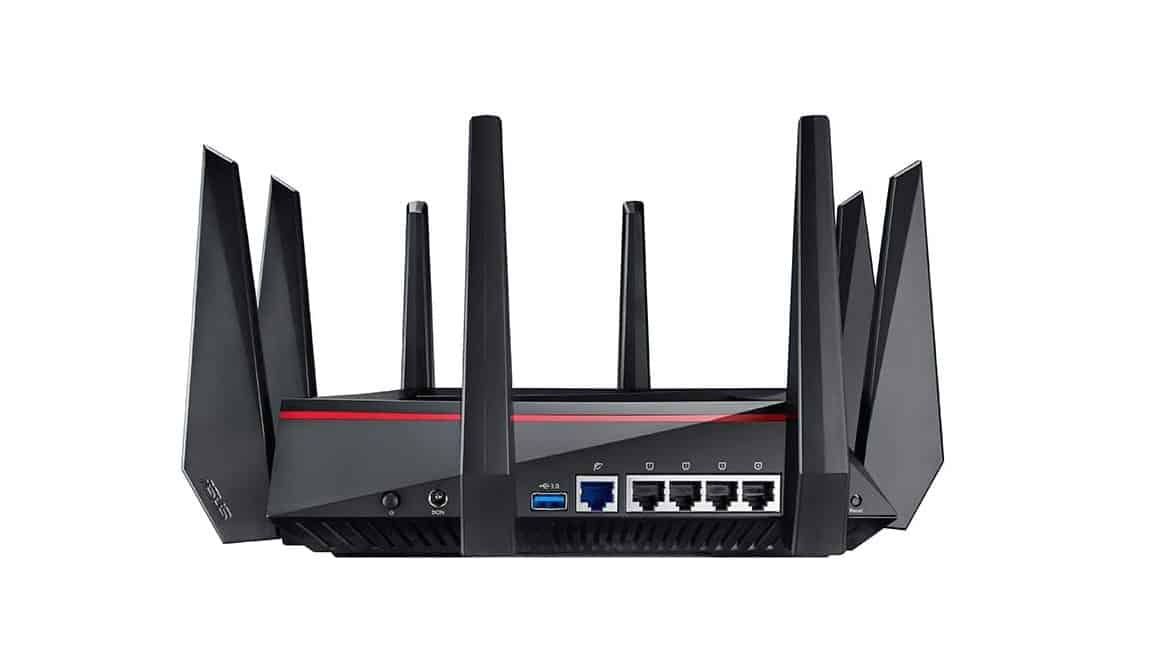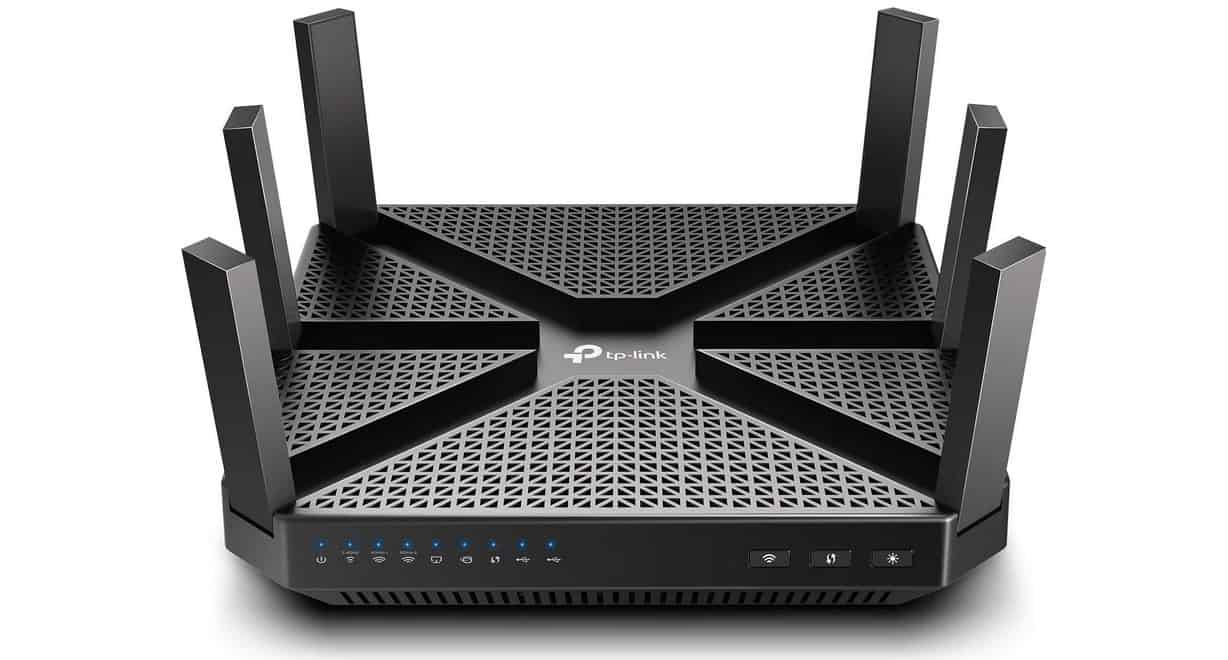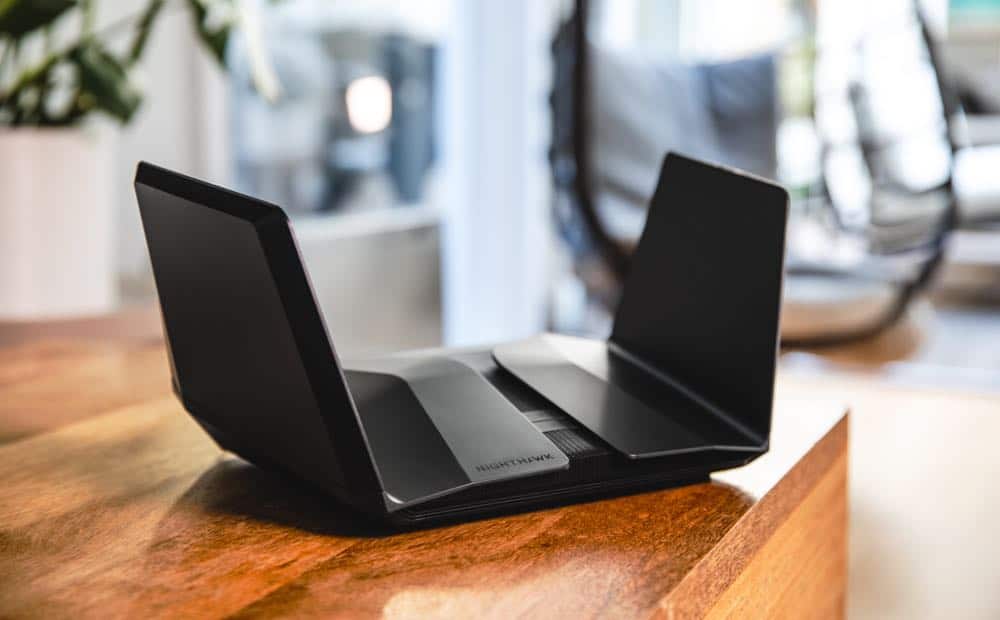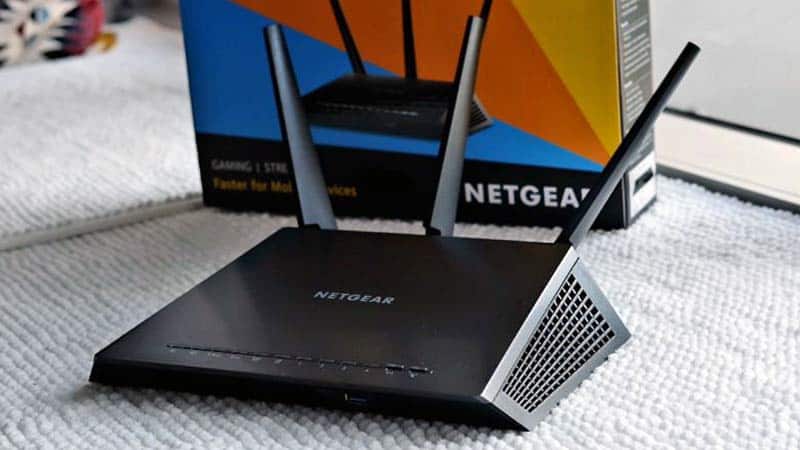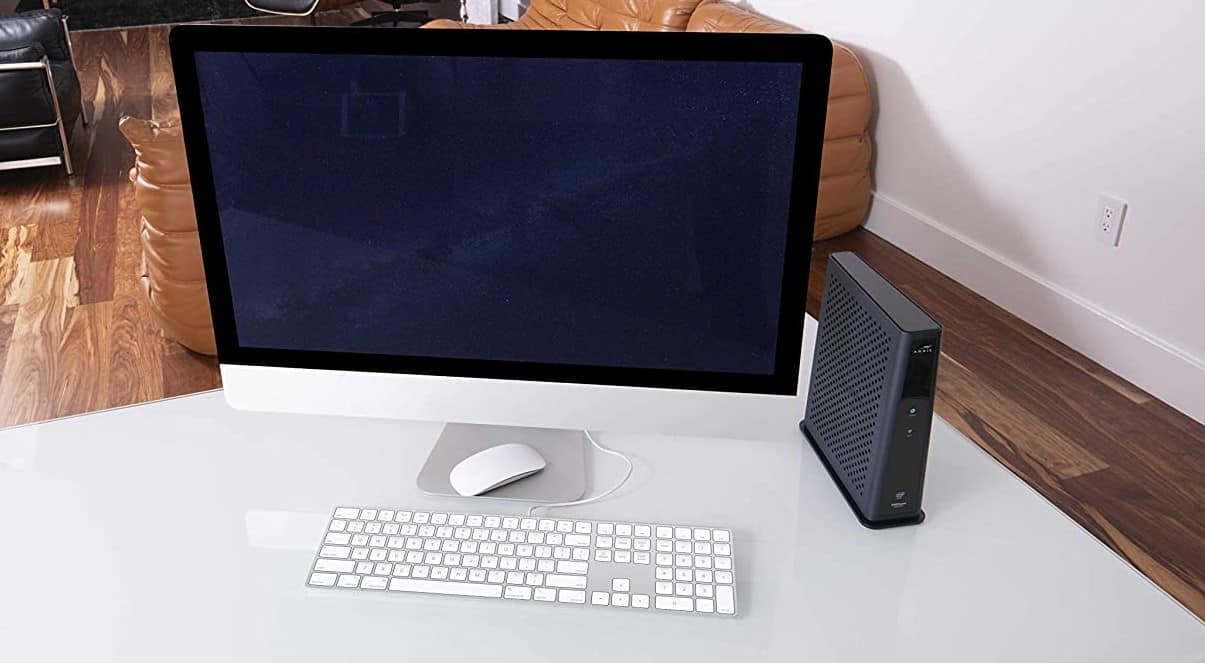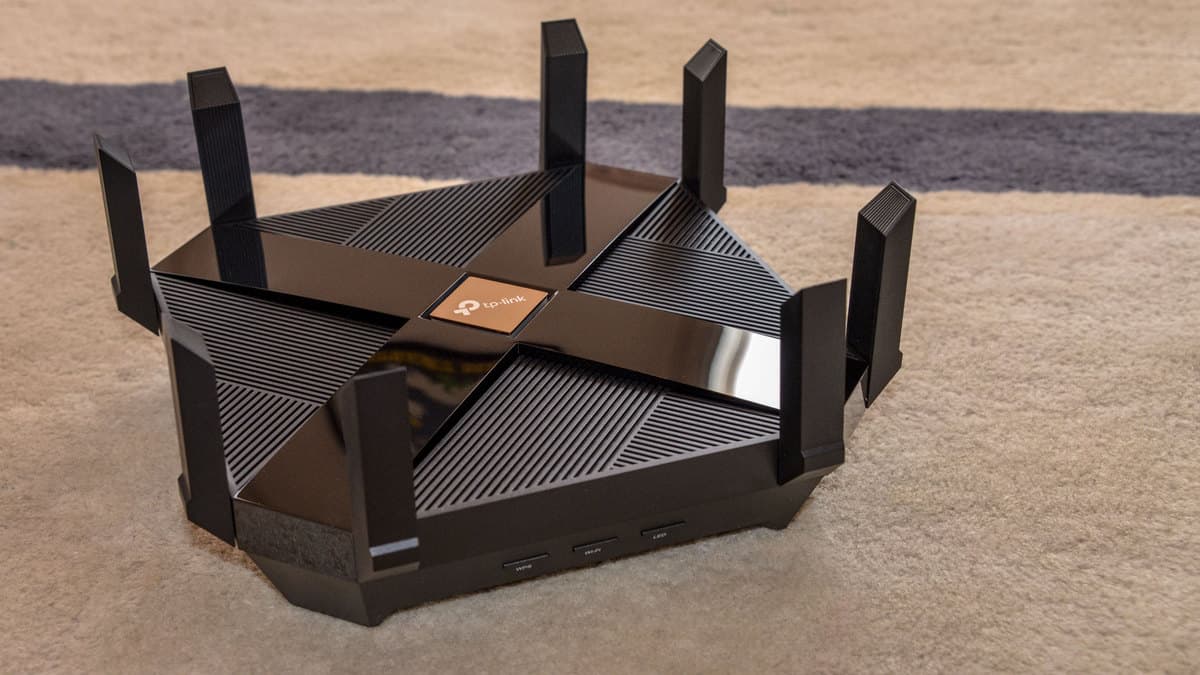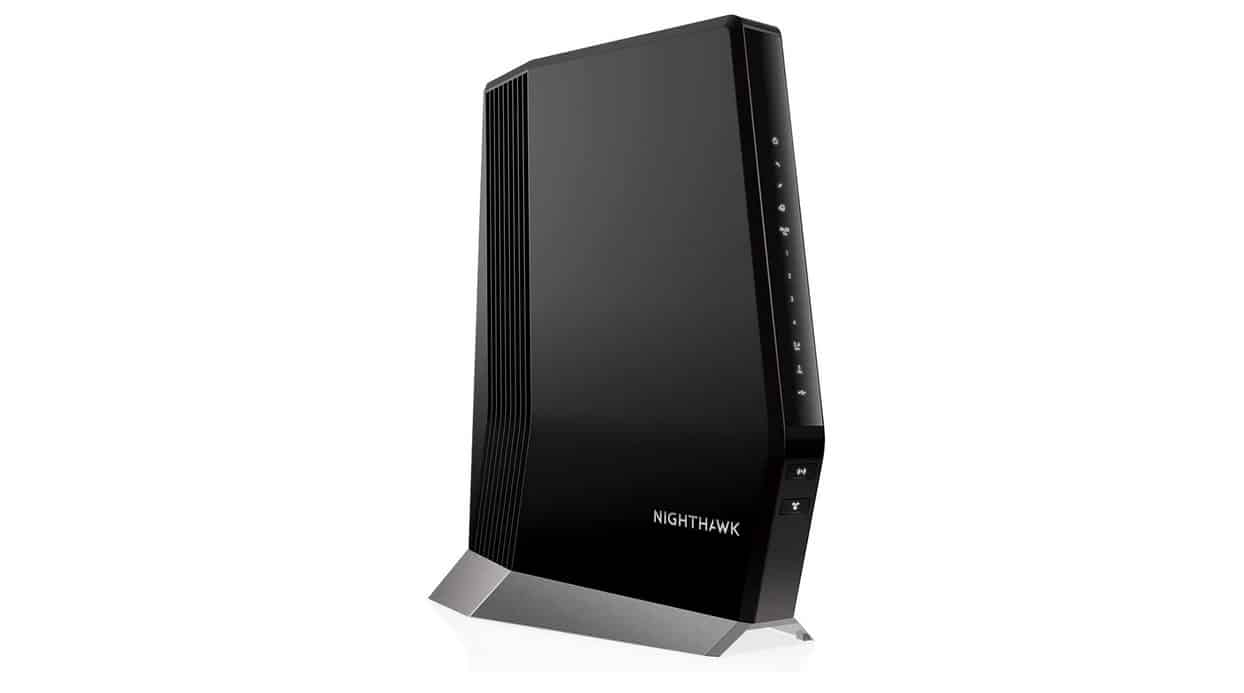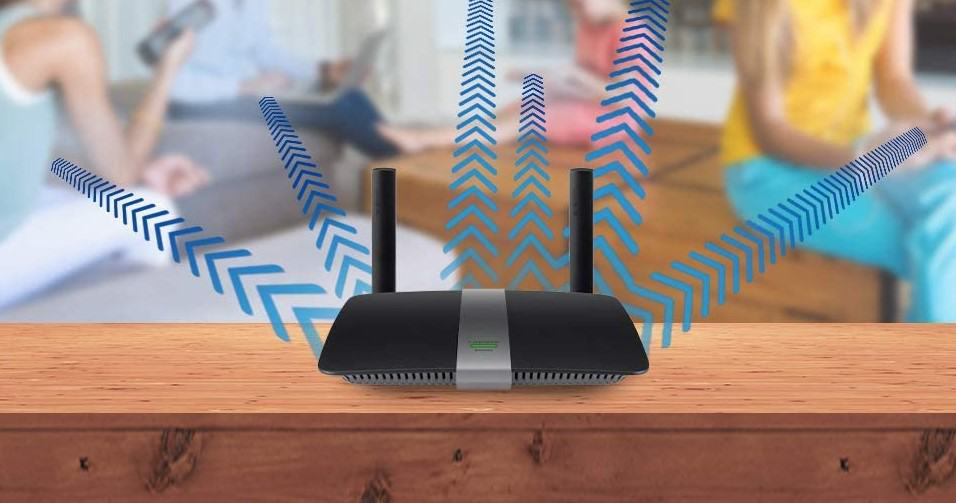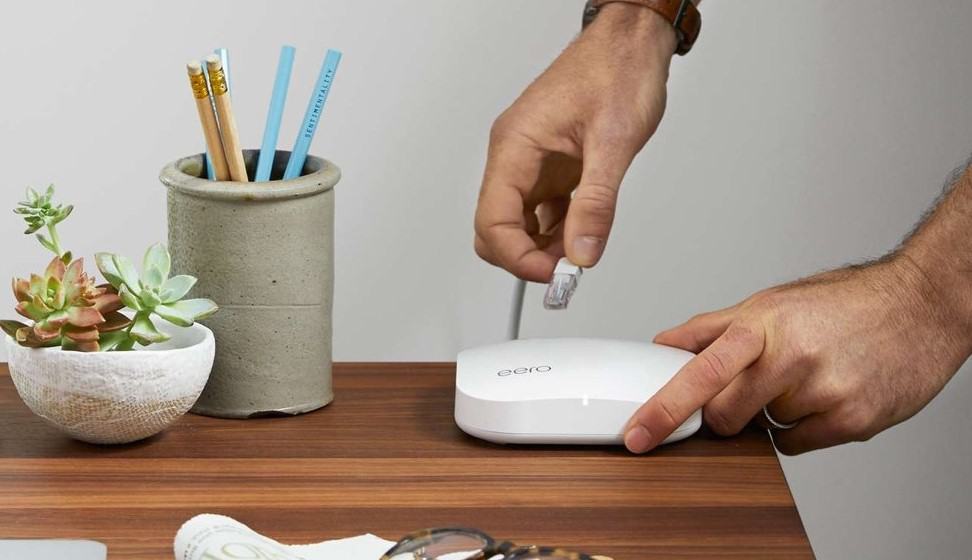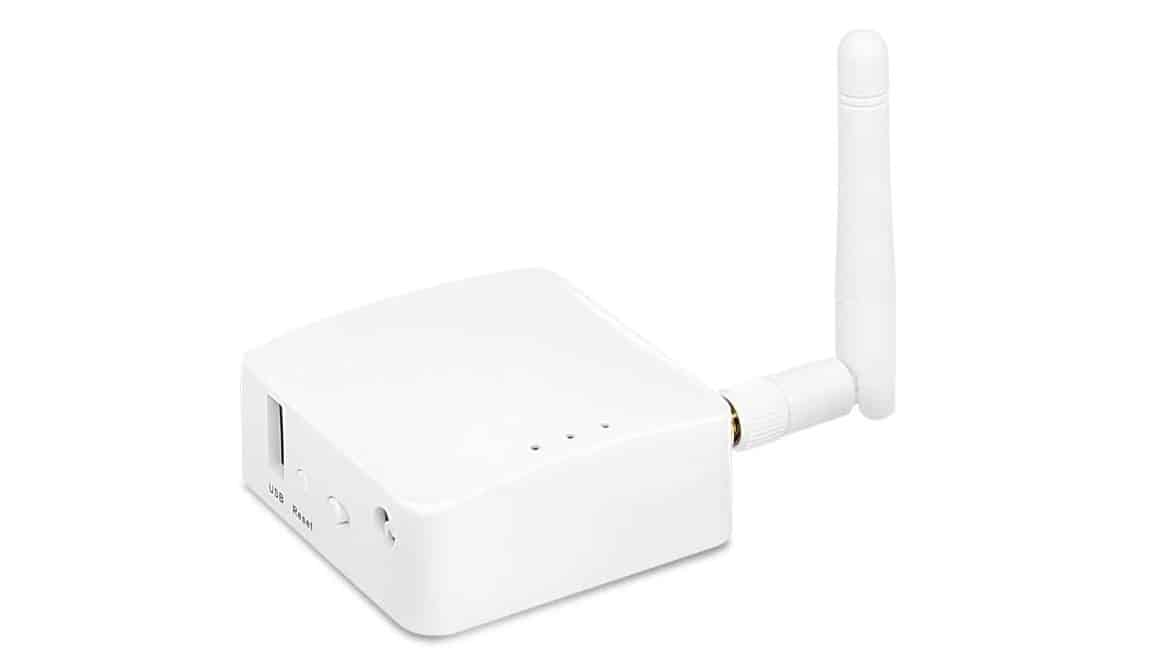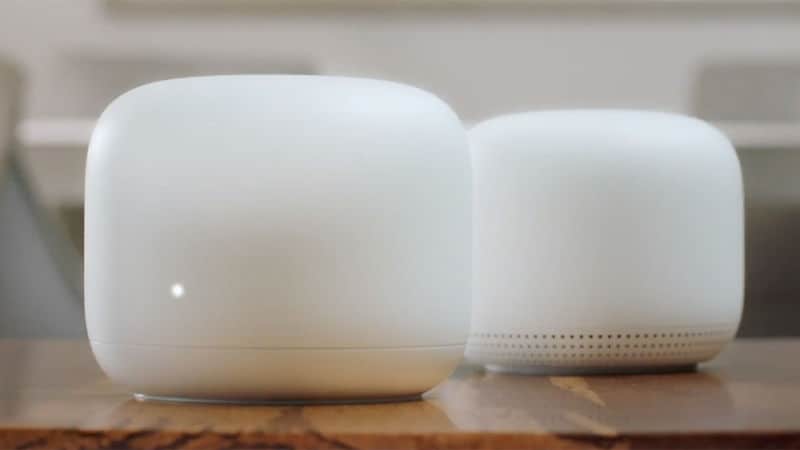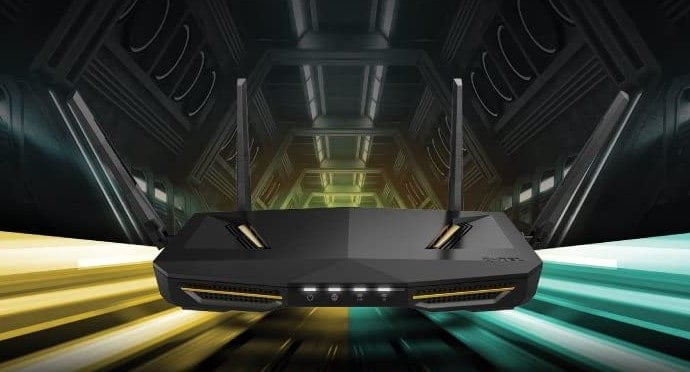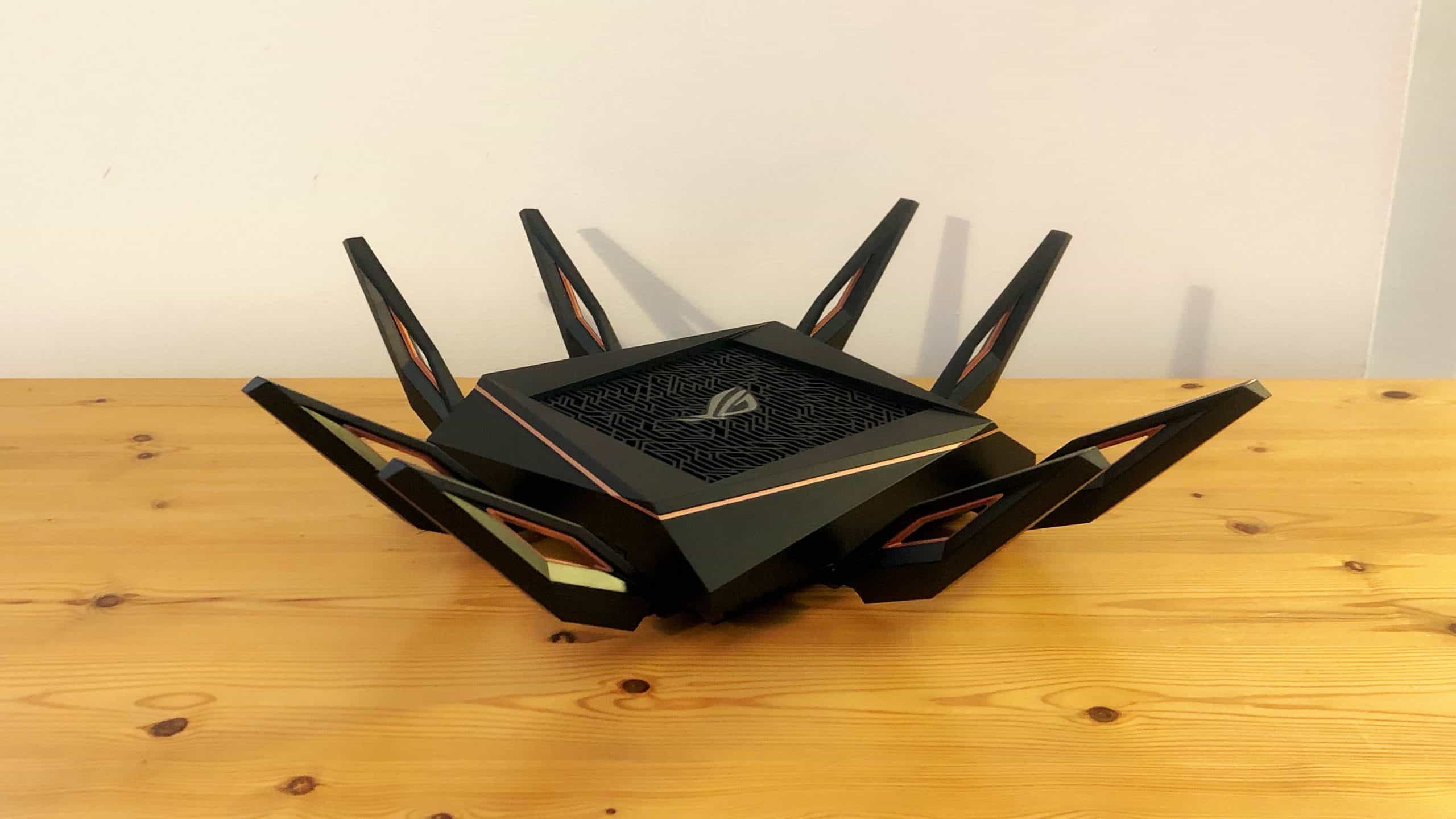If you are trying out the various features and functions of your wireless network, you may wonder what is a DNS address on a router. The best routers, after all, all include a DNS address. But what are they and what do they do? Keep reading to find out.
KEY TAKEAWAYS:
- DNS stands for Domain Name Server System and a DNS server works to hand out valid IP addresses to your connected devices.
- In most cases, a DNS server connects to your Internet Service Provider, but there are third-party options for changing DNS settings.
- Consumers look to change out their DNS server addresses and DNS server settings for increased speed and increased network security.
DNS Addresses and Routers
The Domain Name System (DNS) converts domain names into valid IP addresses for all of your connected devices. In other words, a DNS server is a fairly vital part of your Internet connection. By default, your router will go through your modem to your Internet service provider (ISP) to connect to a DNS server, but you can make a change to this process and the steps aren’t too confusing, in line with learning how to change NAT type on a router.
Insider Tip
In addition to paid third-party DNS server farms, there are also plenty of free options.
Changing a Router’s DNS Address Server
Here are the basic steps to change your router’s DNS server. You can also follow these steps to learn how to close a router port and perform other troubleshooting steps.
- Make sure your connection is valid and that the router is plugged into the modem via Ethernet cable.
- Access the router’s settings page or admin panel by entering the static IP address or public IP address into the address bar of a standard web browser.
- In some cases, you’ll have to use dedicated firmware or a mobile app to access this settings page.
- Once on the settings page, look for a setting for DNS servers.
- Change the DNS server to any address you like, though you may have to purchase access to a third-party DNS server beforehand.
- Save your changes and, if necessary, restart the router and the modem.
Why Change the DNS Server?
The major reason to change up your DNS server is to speed up your Internet connection, especially if you have been experiencing a sluggish connection with your current setup. The default DNS servers supplied by ISPs are not always the fastest when it comes to handing out IP addresses to your connected devices. Also, a third-party DNS service can provide increased wireless network safety. As a warning, however, accessing a DNS service does cost some money, so be prepared to make a purchase.
F.A.Q.S
How can I find my current DNS servers?
Check the DNS settings on your router via mobile device or the admin panel/settings adjustments page. It will show you your default DNS server and any secondary servers.
How can I switch DNS servers?
You do this in your settings via mobile device or a computer web browser. Once you access the router control panel, look for DNS settings or DNS server settings.
When to change DNS servers?
Change DNS server settings if your Internet connection is being sluggish or if your wireless network feels unsafe.
STAT: DNS is the Internet’s primary address book. DNS directs traffic to websites and email to your inbox by mapping a domain name you can remember, like google.com, to an IPv4 address such as 216.58.217.206. For all practical purposes, every time you do something on the Internet, you start by invisibly interacting with DNS. (source)

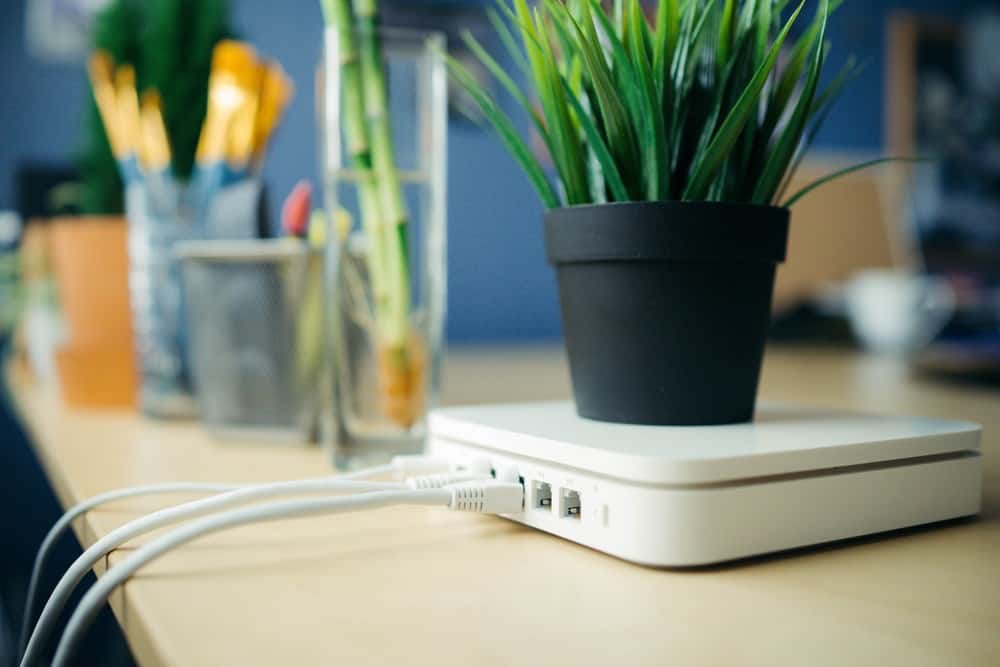













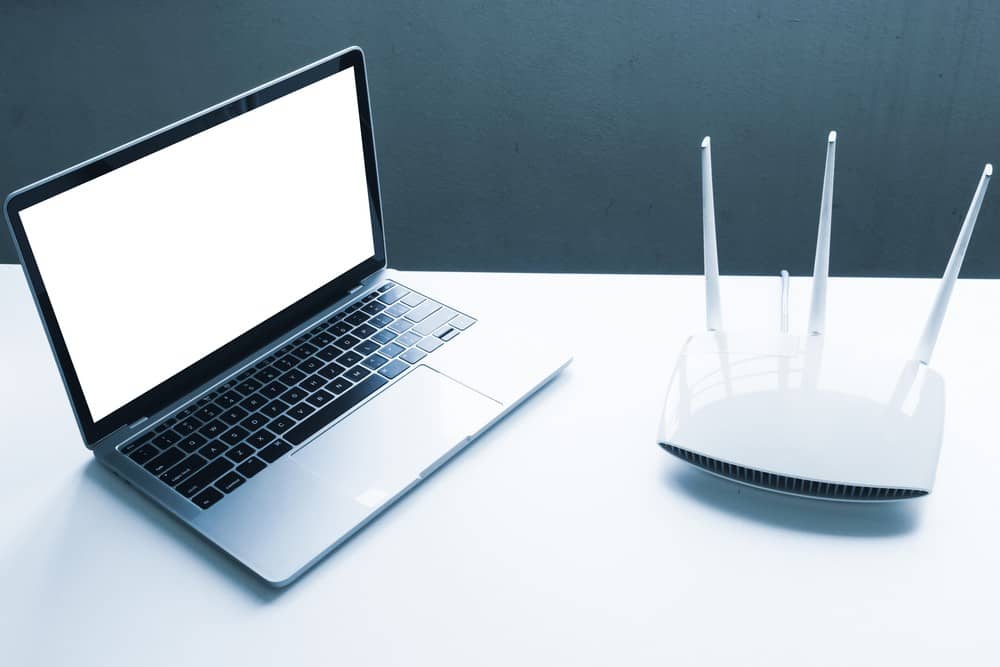
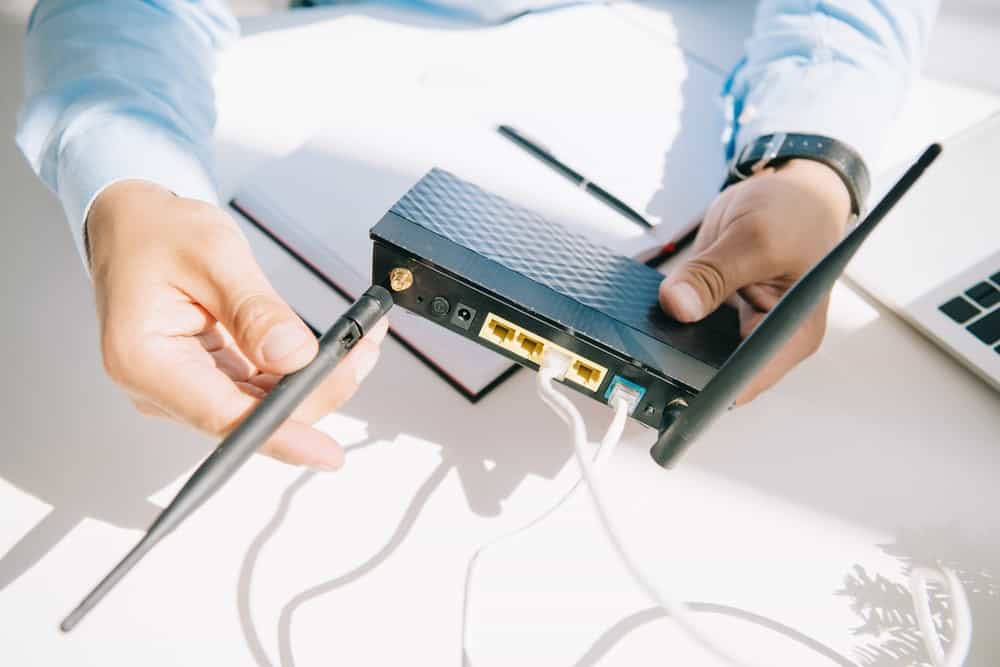
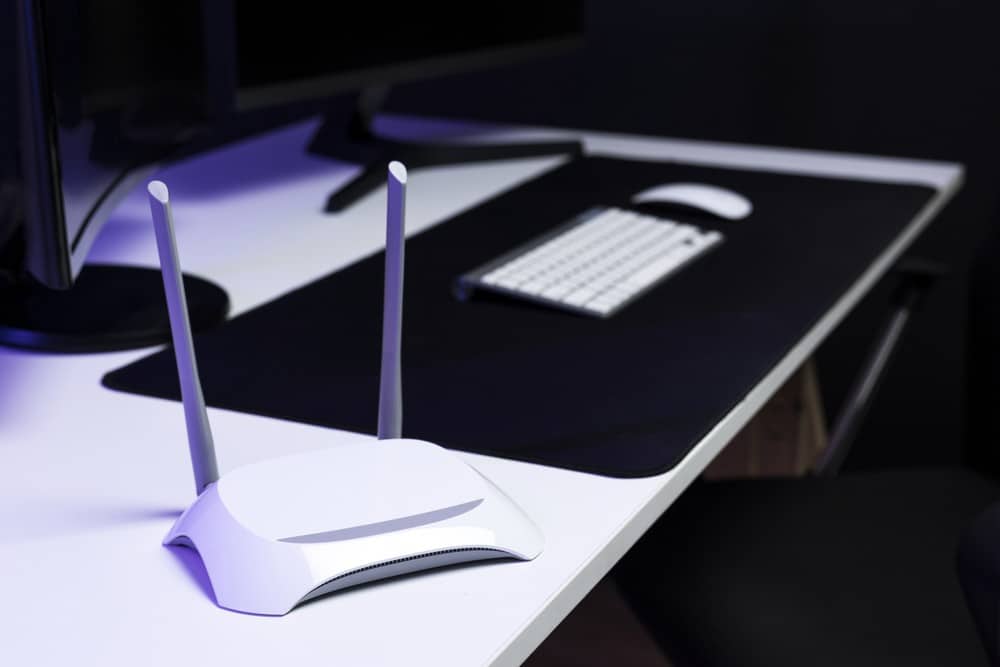
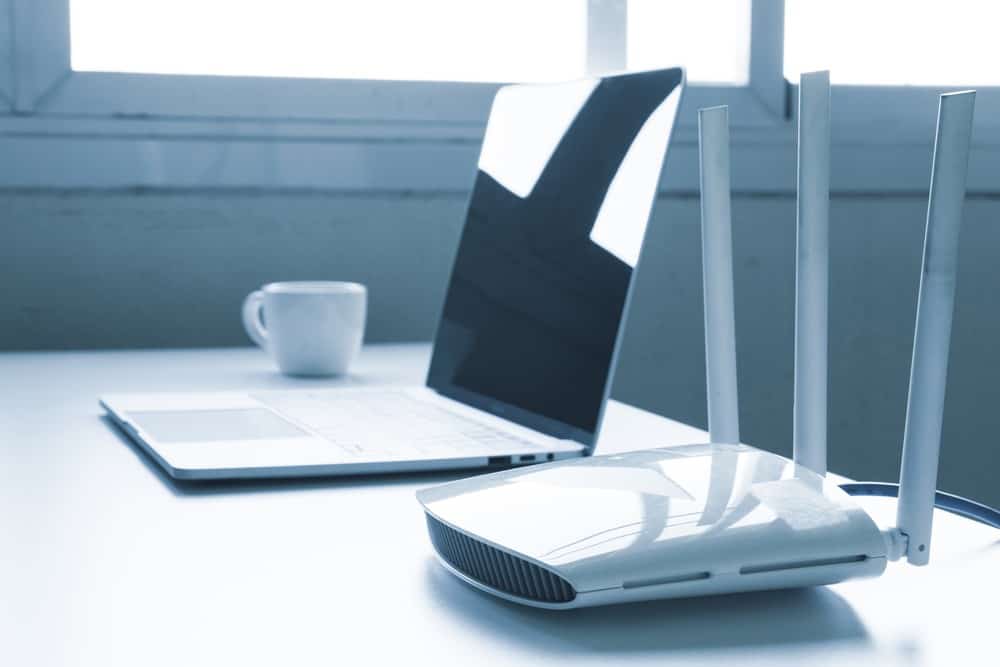

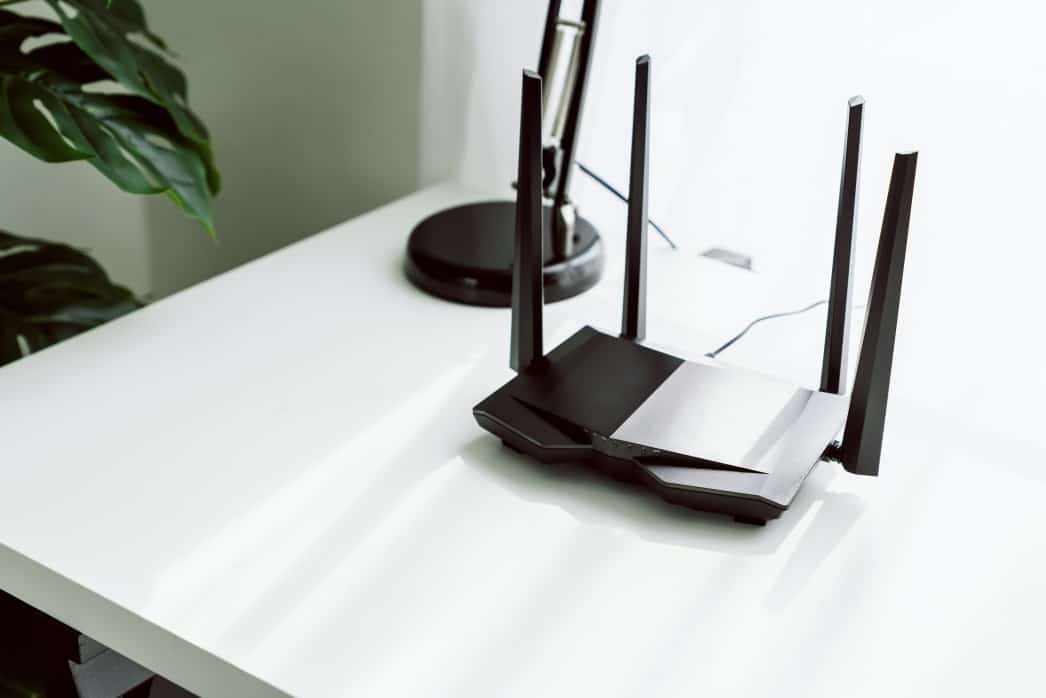
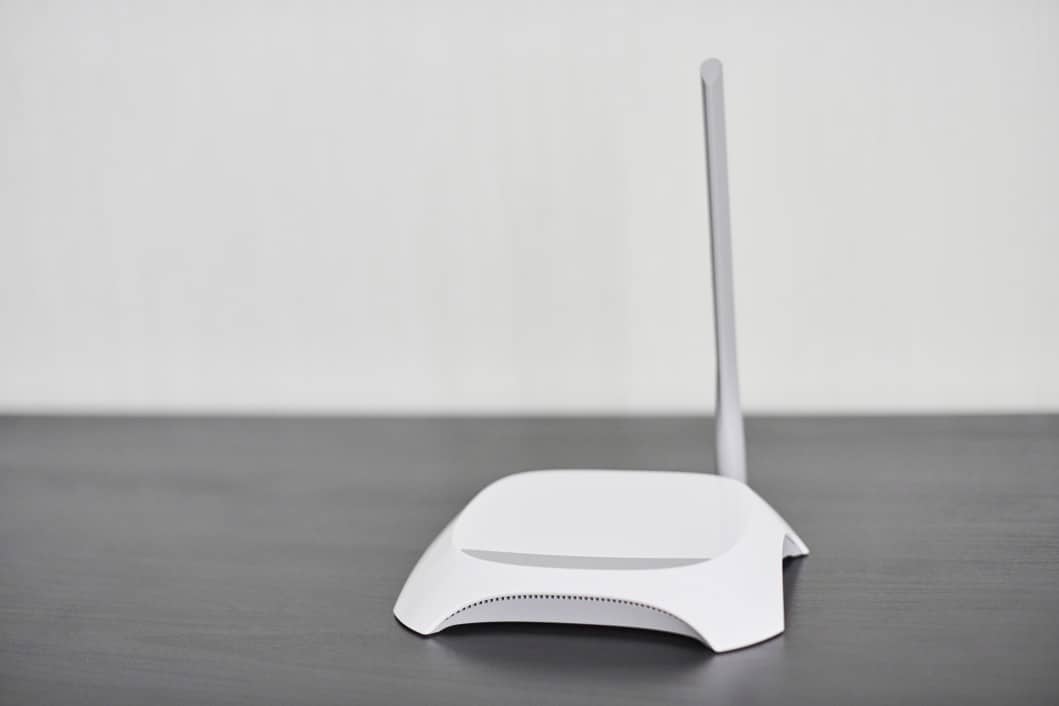
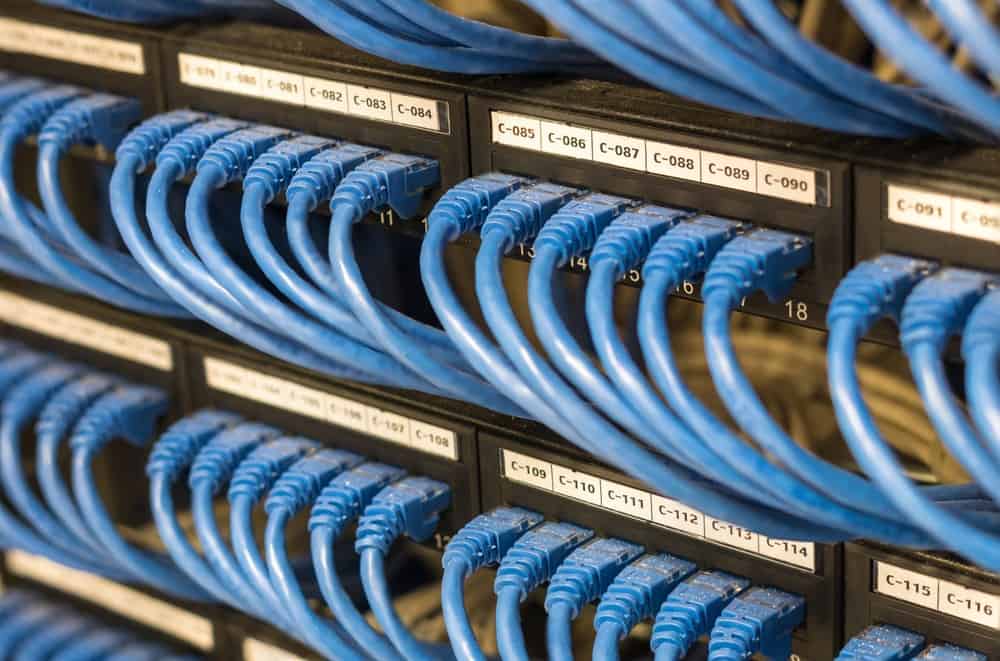
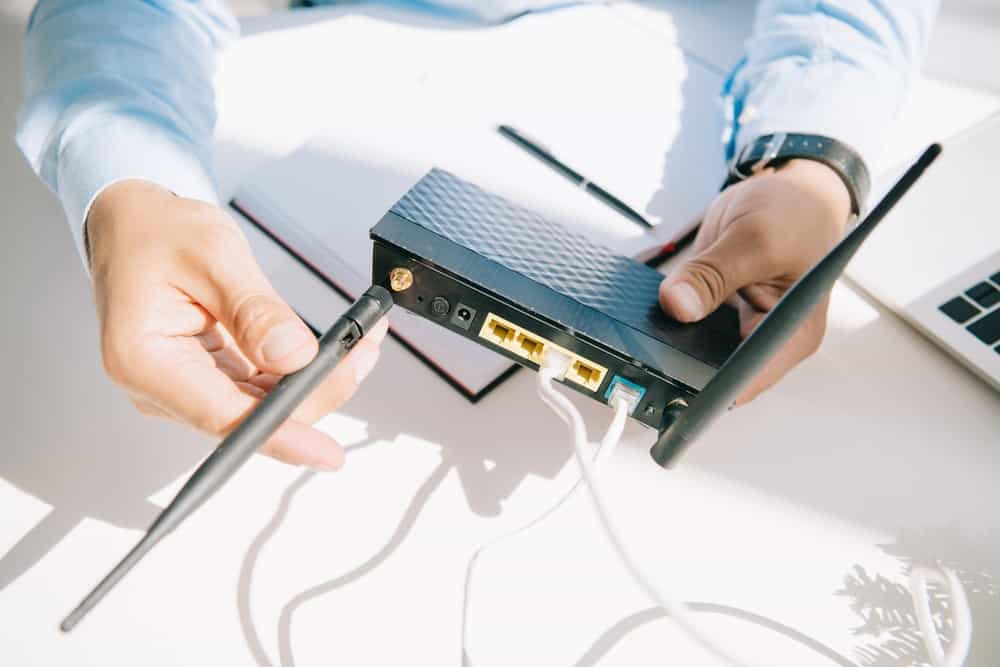
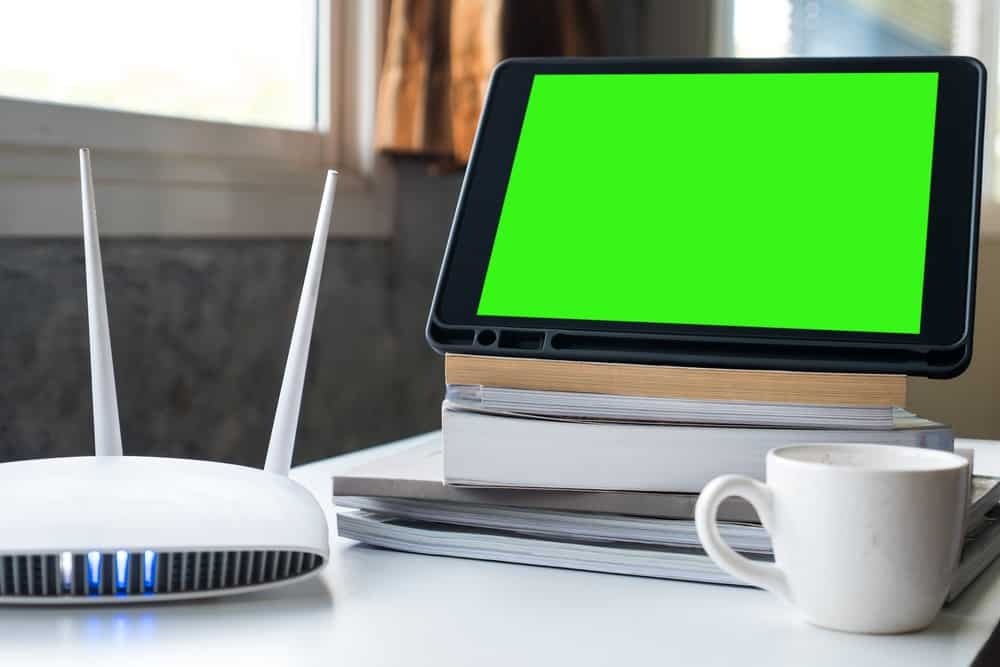
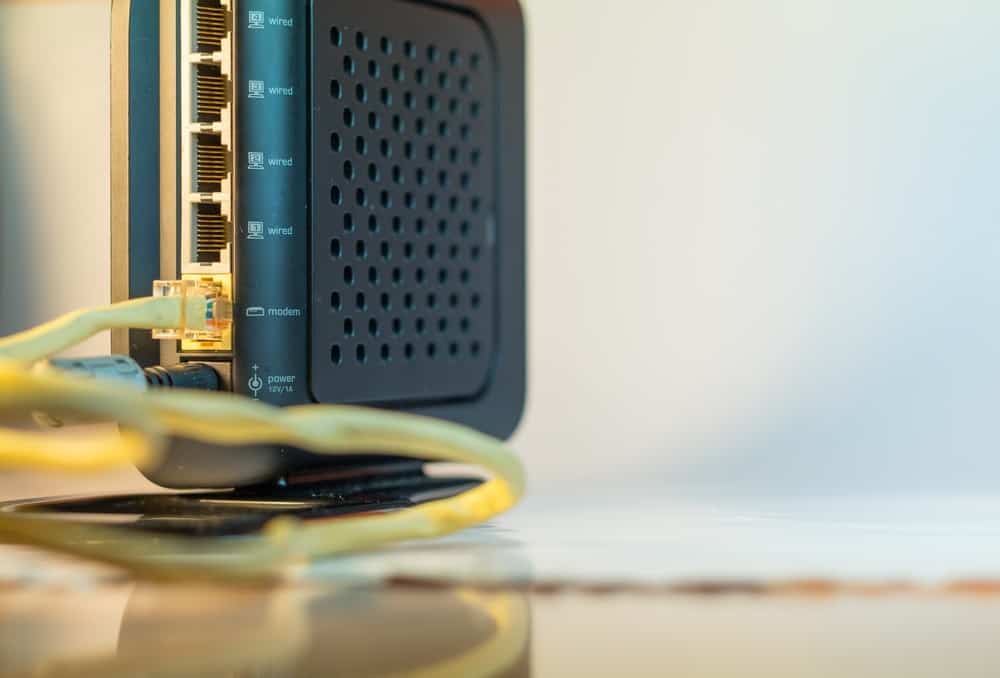

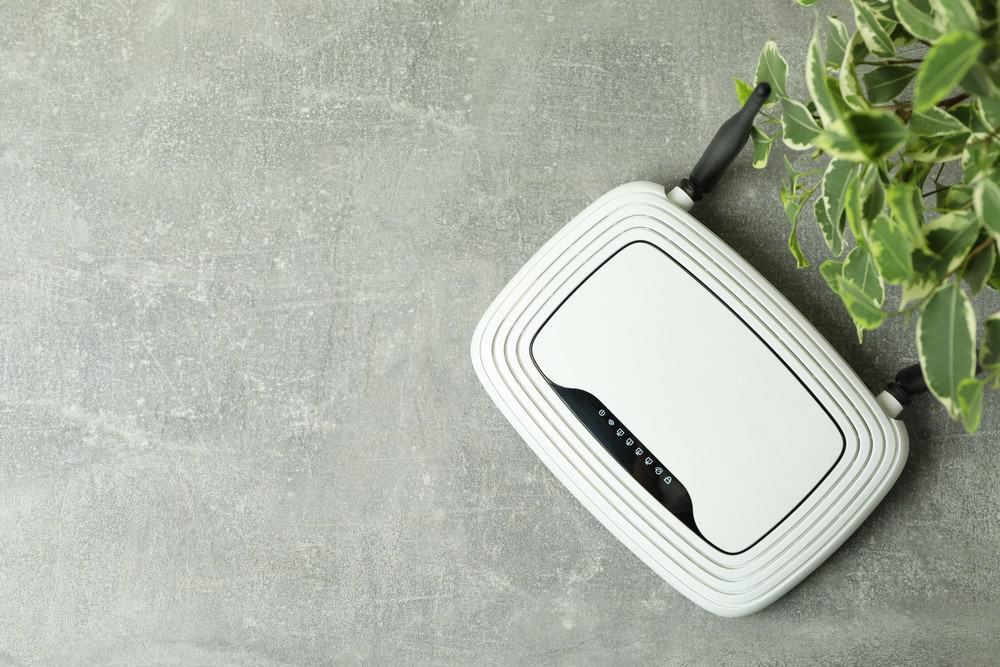
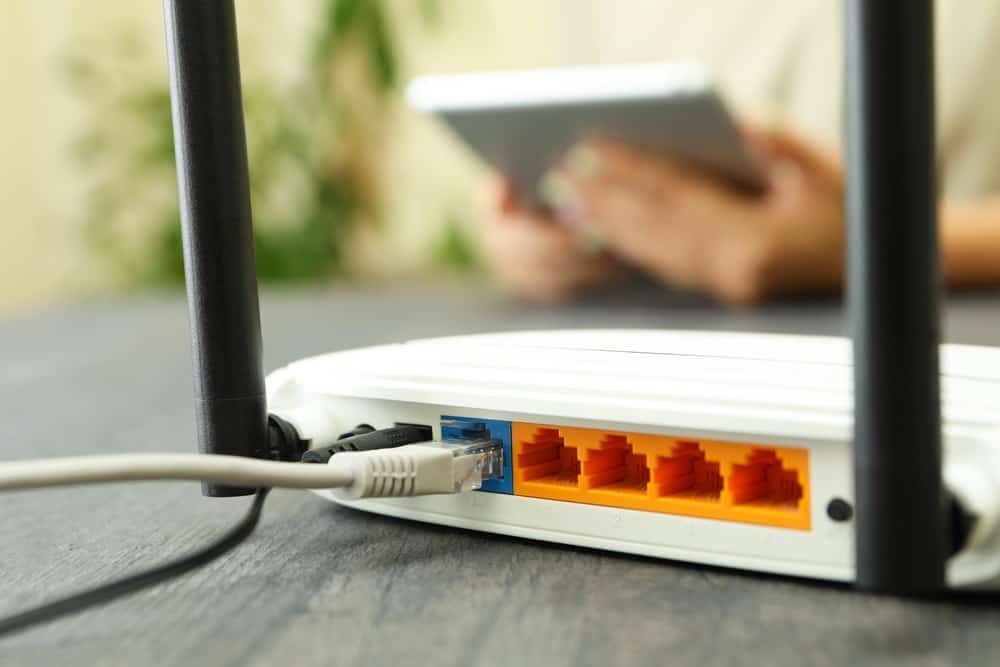
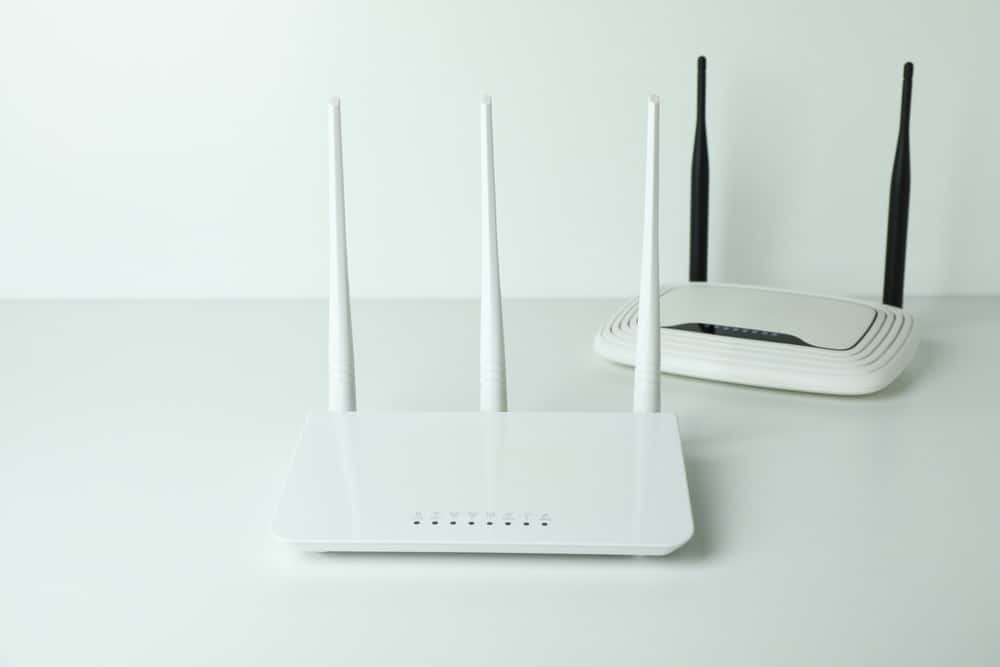
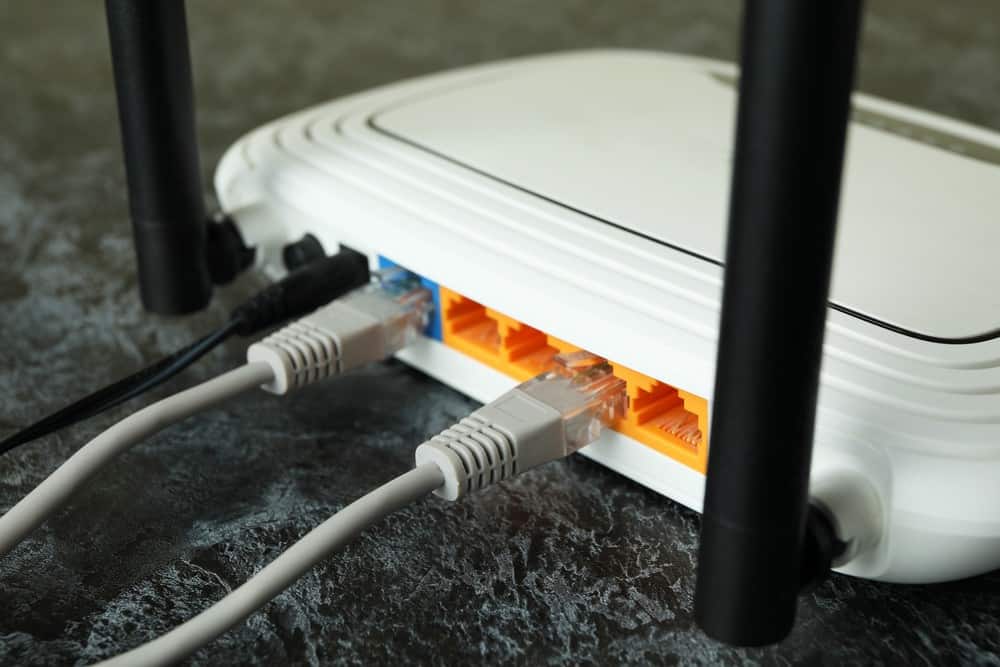
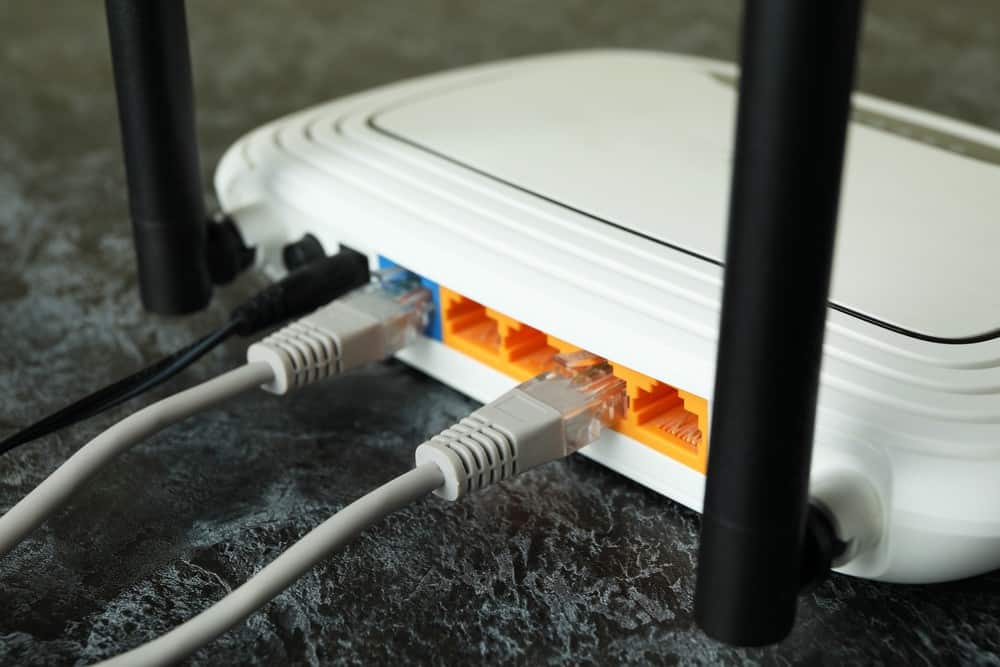
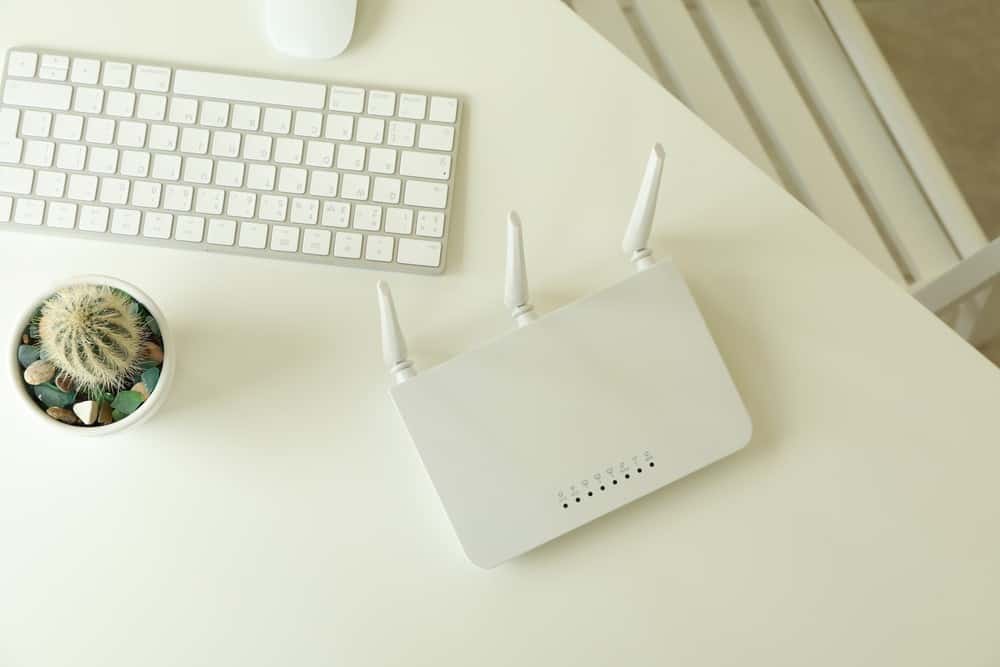
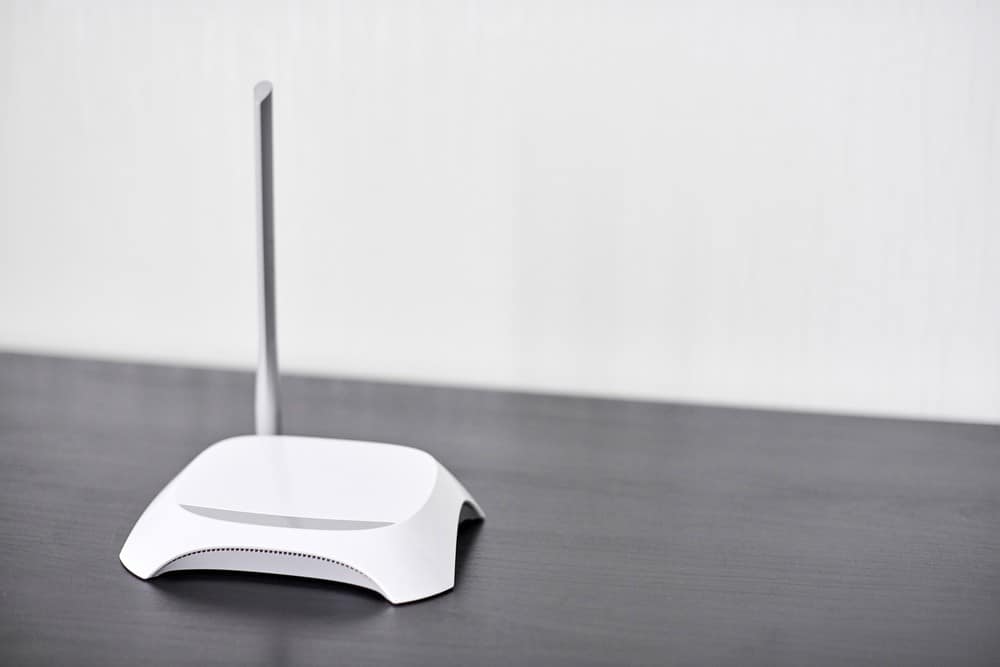
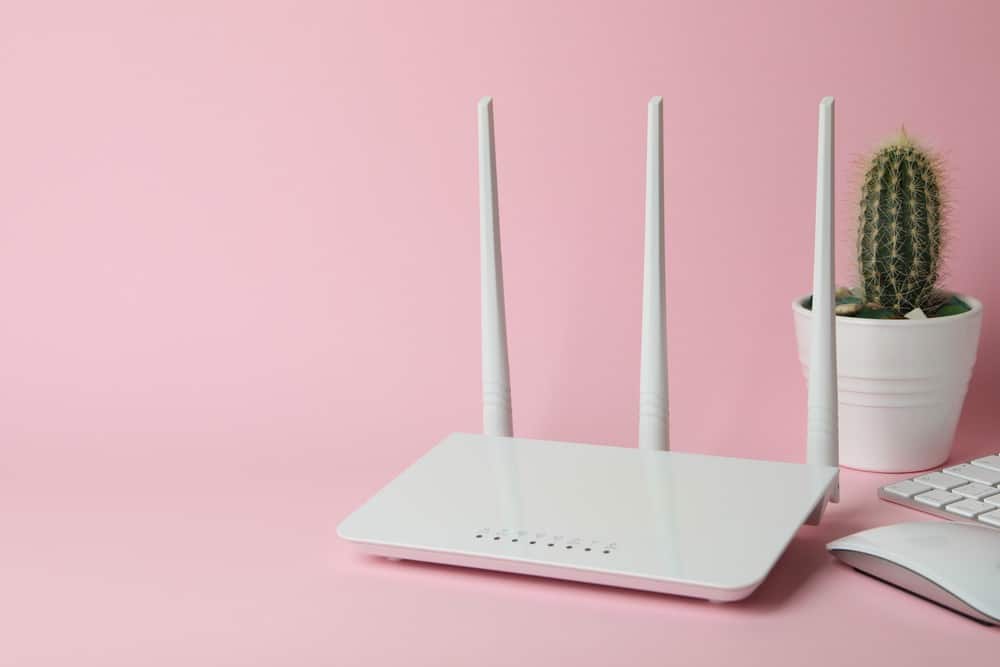
![Best BenQ Monitors in [year] 27 Best BenQ Monitors in 2025](https://www.gadgetreview.dev/wp-content/uploads/best-benq-monitor-image.jpg)
![Best Wifi Extenders For FiOS in [year] 28 Best Wifi Extenders For FiOS in 2025](https://www.gadgetreview.dev/wp-content/uploads/best-wifi-extender-for-fios-image.jpg)
![Best Fiber Optic Routers in [year] 29 Best Fiber Optic Routers in 2025](https://www.gadgetreview.dev/wp-content/uploads/best-fiber-optic-router-image.jpg)
![Best VoIP Routers in [year] 30 Best VoIP Routers in 2025](https://www.gadgetreview.dev/wp-content/uploads/best-voip-router-image.jpg)
![Best Routers for 200Mbps in [year] 31 Best Routers for 200Mbps in 2025](https://www.gadgetreview.dev/wp-content/uploads/best-router-for-200mbps-image.jpg)
![Best Routers for Optimum in [year] 32 Best Routers for Optimum in 2025](https://www.gadgetreview.dev/wp-content/uploads/best-router-for-optimum-image.jpg)
![Best Routers for Apple in [year] 33 Best Routers for Apple in 2025](https://www.gadgetreview.dev/wp-content/uploads/best-router-for-apple-image.jpg)
![Best Routers for Frontier FIOS in [year] 34 Best Routers for Frontier FIOS in 2025](https://www.gadgetreview.dev/wp-content/uploads/best-router-for-frontier-fios-image.jpg)
![Best Secure Routers in [year] 35 Best Secure Routers in 2025](https://www.gadgetreview.dev/wp-content/uploads/best-secure-router-image.jpg)
![Best Routers for Google Fiber in [year] 36 Best Routers for Google Fiber in 2025](https://www.gadgetreview.dev/wp-content/uploads/best-router-for-google-fiber-image.jpg)
![Best Routers for Cox in [year] 37 Best Routers for Cox in 2025](https://www.gadgetreview.dev/wp-content/uploads/best-router-for-cox-image.jpg)
![Best Asus Routers in [year] 38 Best Asus Routers in 2025](https://www.gadgetreview.dev/wp-content/uploads/best-asus-routers-image.jpg)
![Best Linksys Routers in [year] 39 Best Linksys Routers in 2025](https://www.gadgetreview.dev/wp-content/uploads/best-linksys-routers-image.jpg)
![Best Routers for CenturyLink in [year] 40 Best Routers for CenturyLink in 2025](https://www.gadgetreview.dev/wp-content/uploads/best-router-for-centurylink-image.jpg)
![Best WiFi Routers for Multiple Devices in [year] 41 Best WiFi Routers for Multiple Devices in 2025](https://www.gadgetreview.dev/wp-content/uploads/best-wifi-router-for-multiple-devices-image.jpg)
![Best Wired Routers in [year] 42 Best Wired Routers in 2025](https://www.gadgetreview.dev/wp-content/uploads/best-wired-router-image.jpg)
![Best Routers for 4K Streaming in [year] 43 Best Routers for 4K Streaming in 2025](https://www.gadgetreview.dev/wp-content/uploads/best-router-for-4k-streaming-image.jpg)
![Best Cisco Routers in [year] 44 Best Cisco Routers in 2025](https://www.gadgetreview.dev/wp-content/uploads/best-cisco-routers-image.jpg)
![Best eero Routers in [year] 45 Best eero Routers in 2025](https://www.gadgetreview.dev/wp-content/uploads/best-eero-routers-image.jpg)






